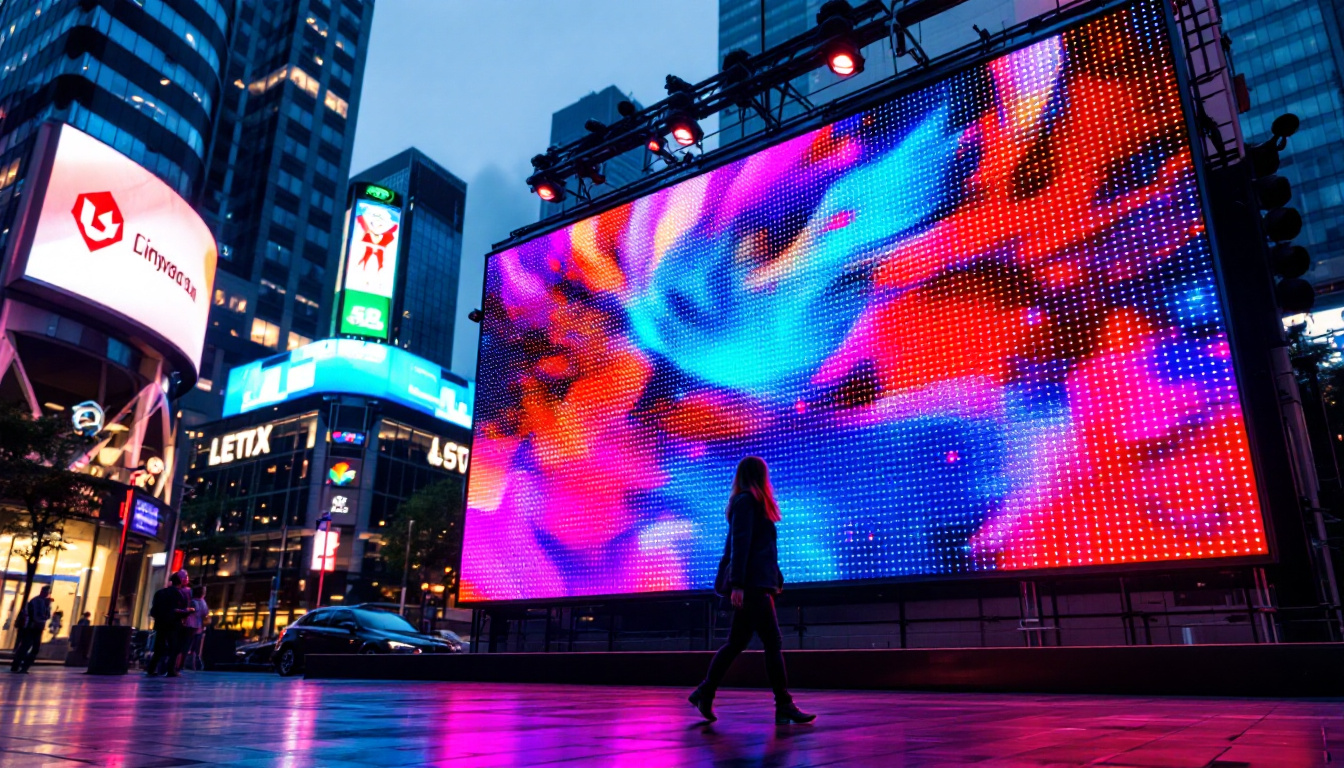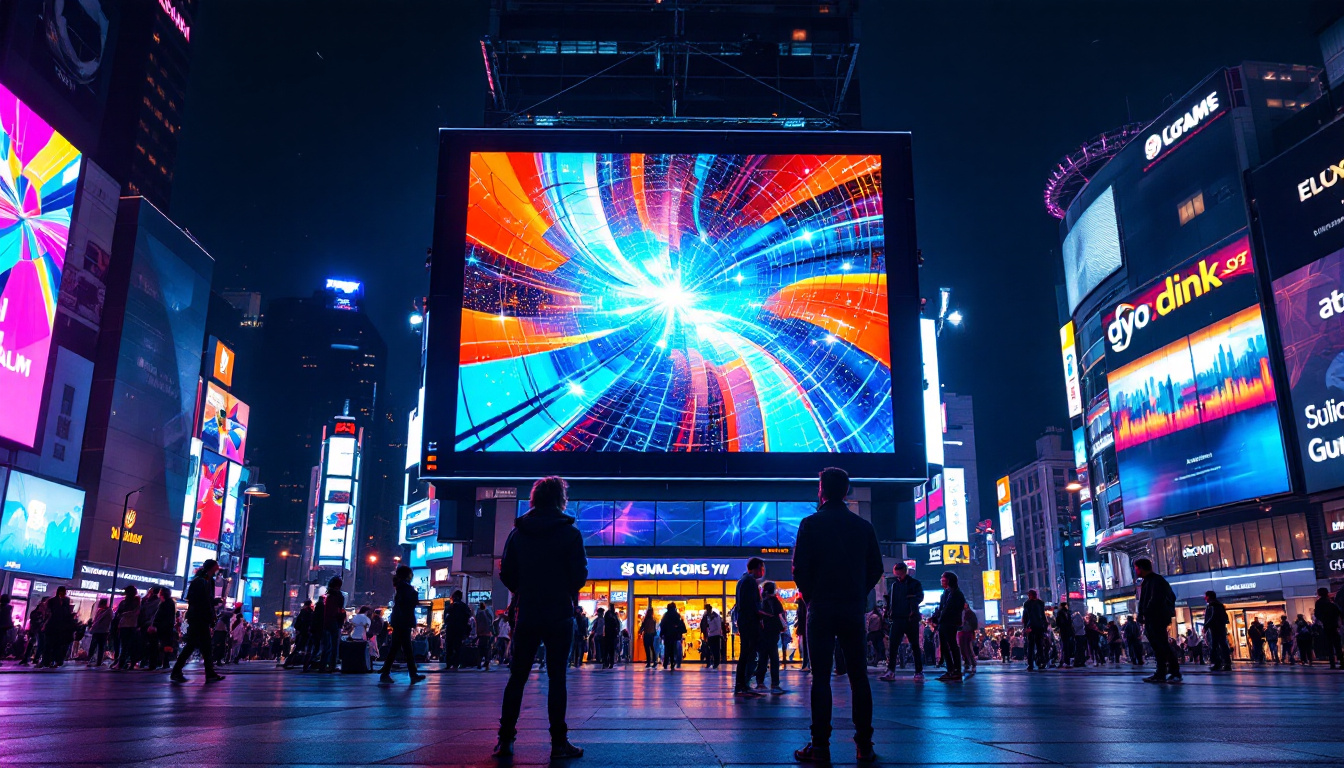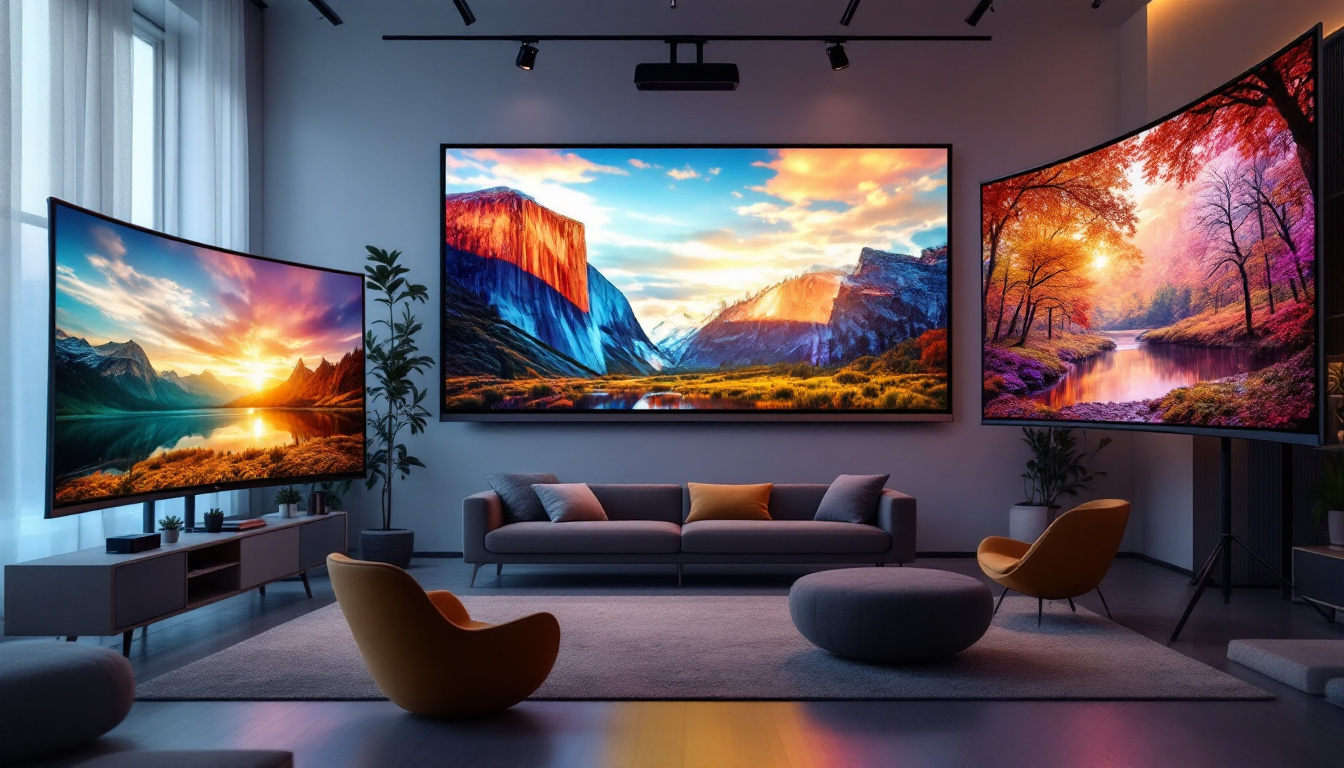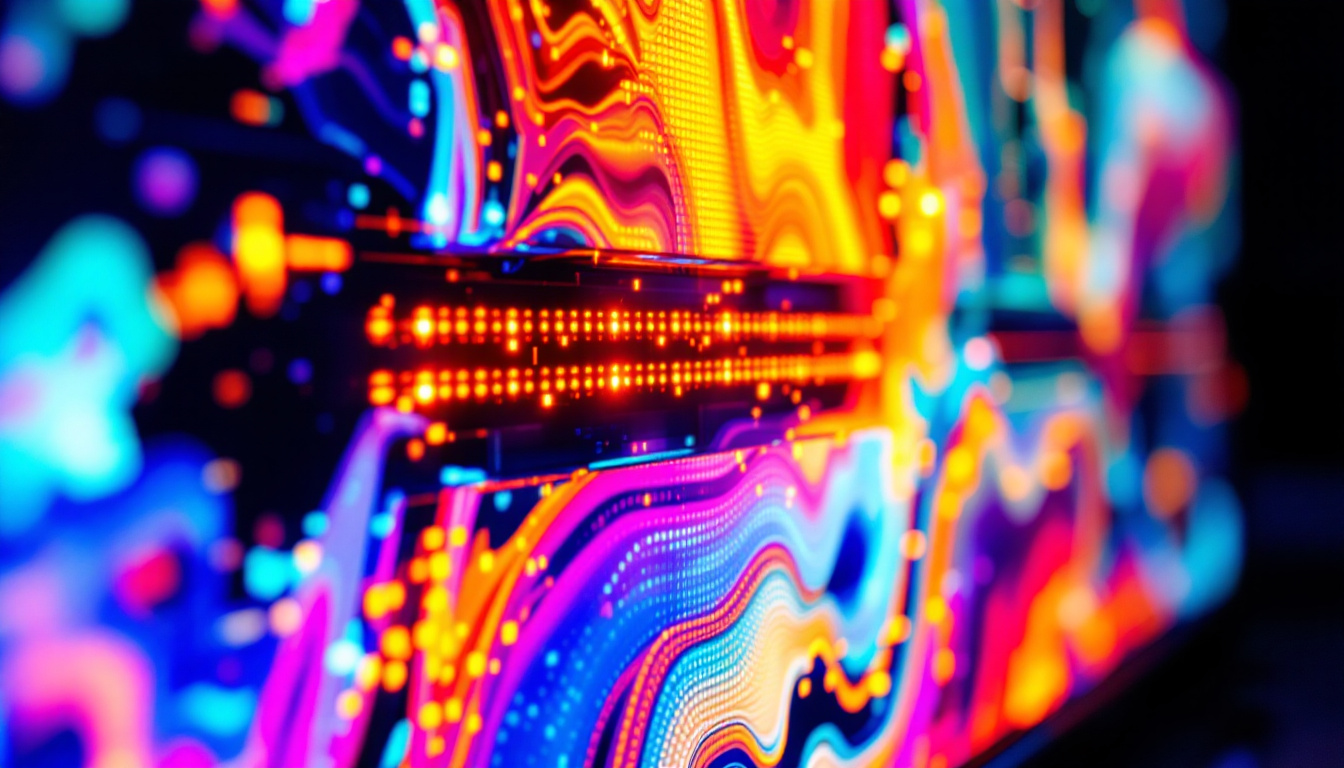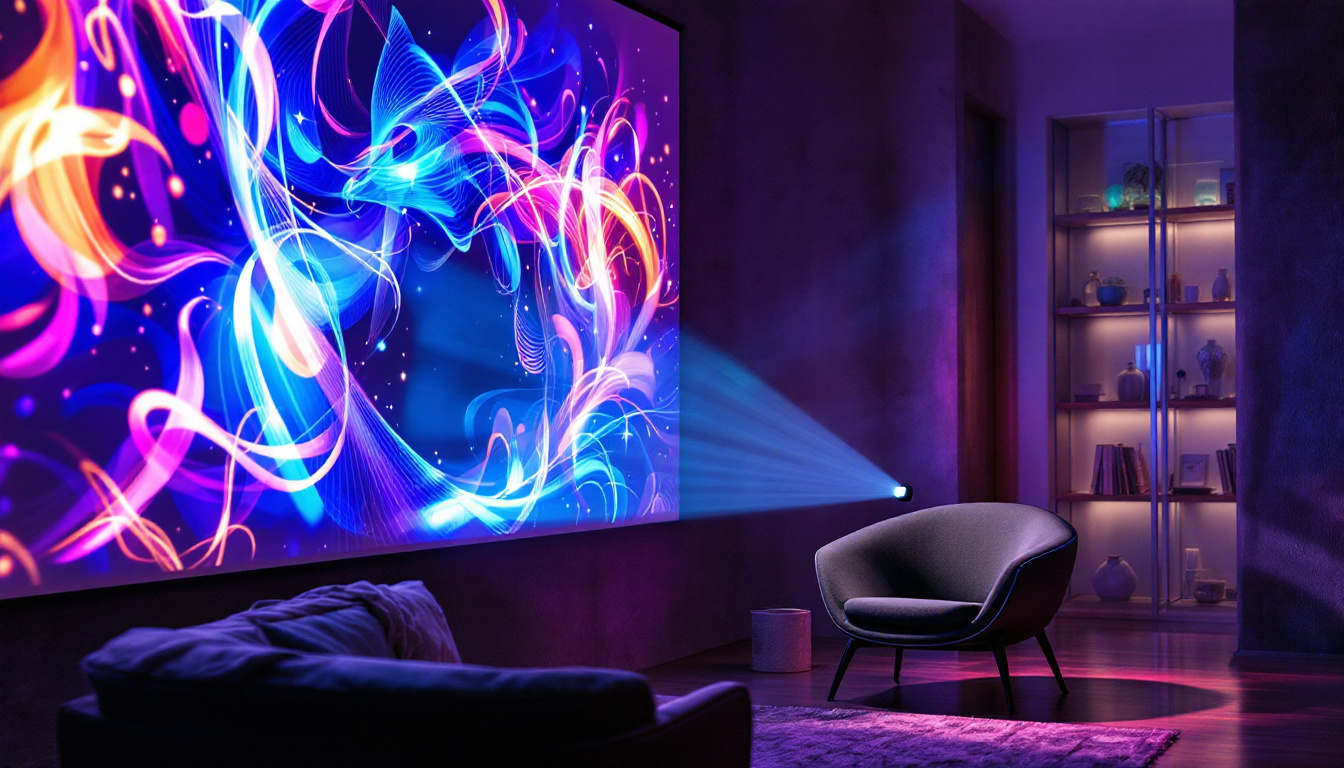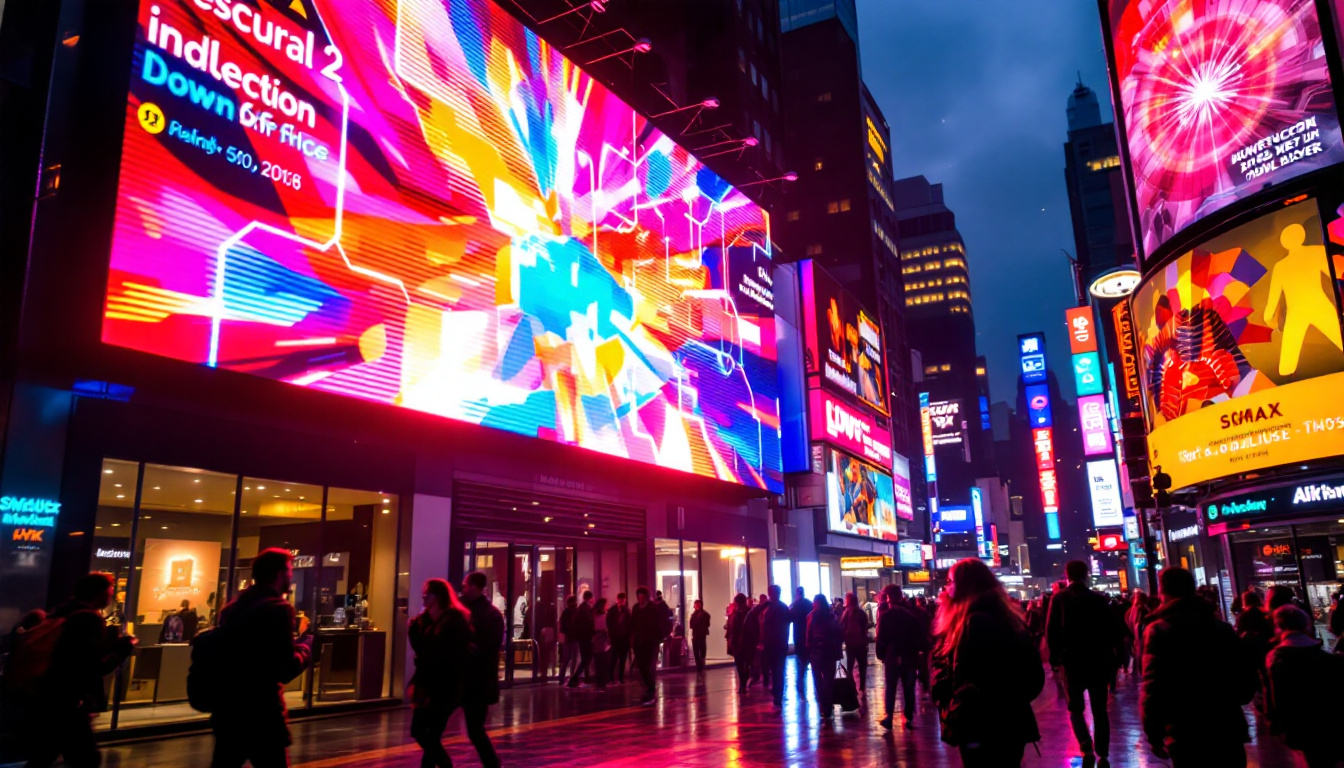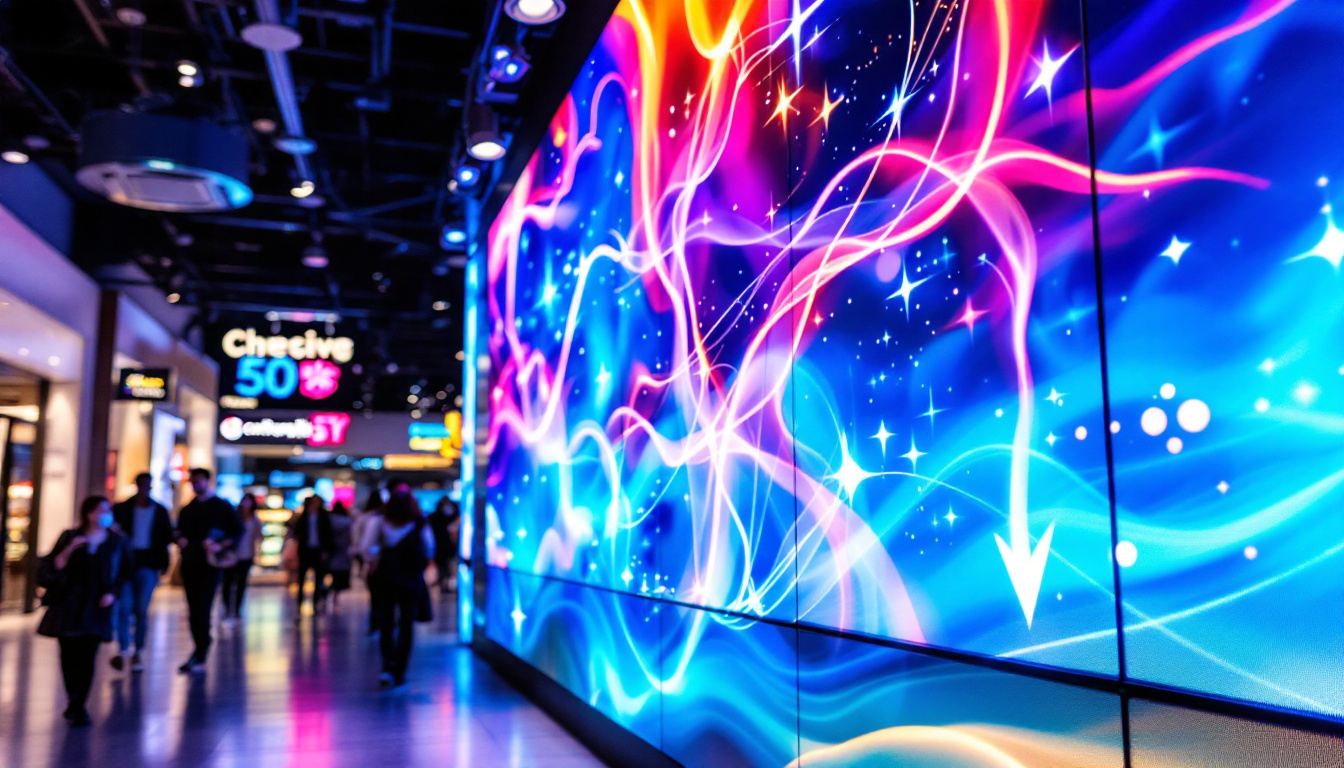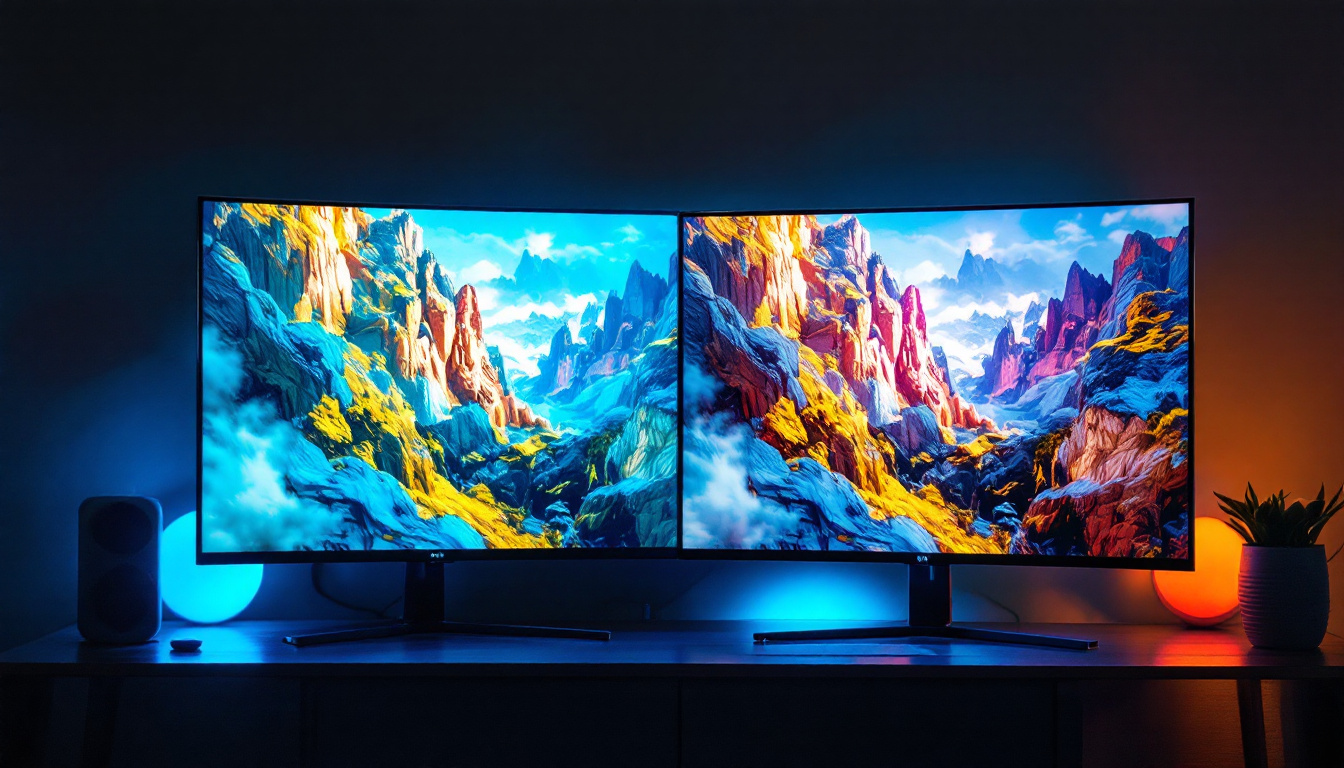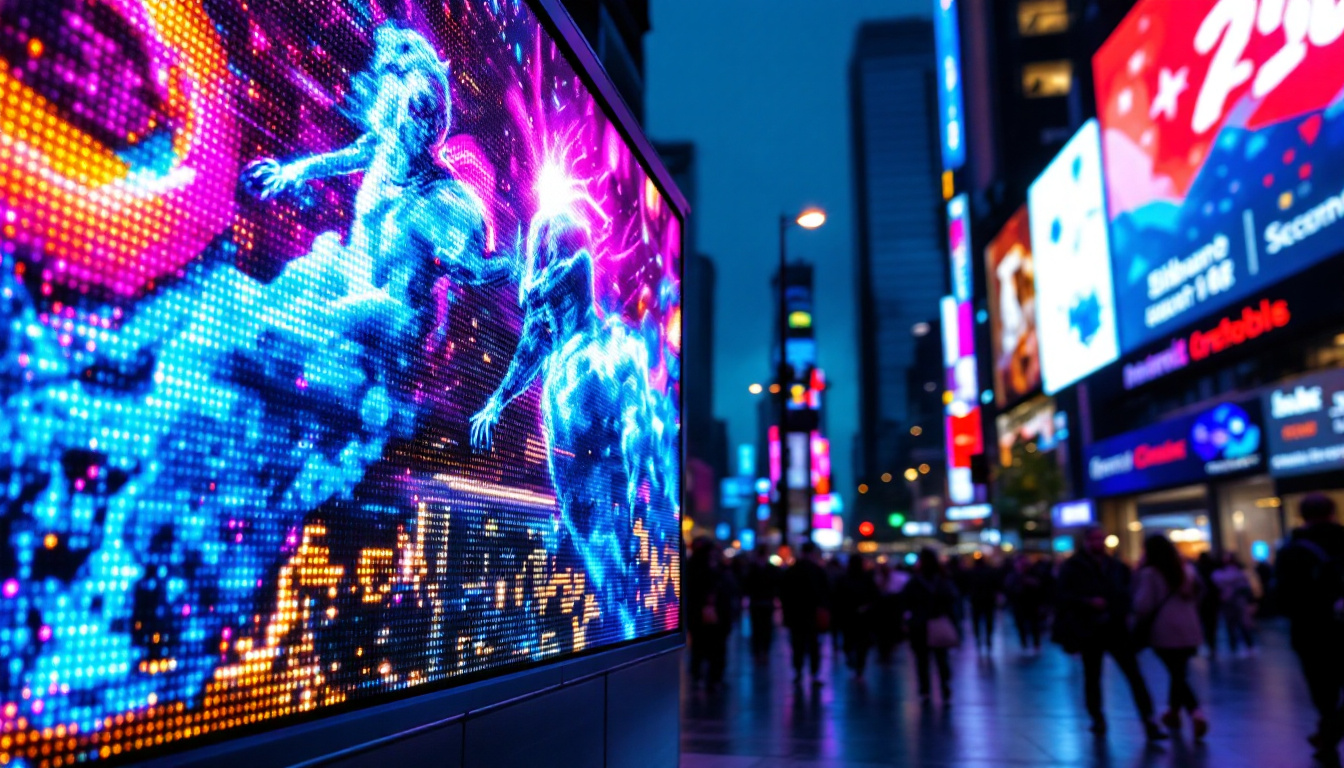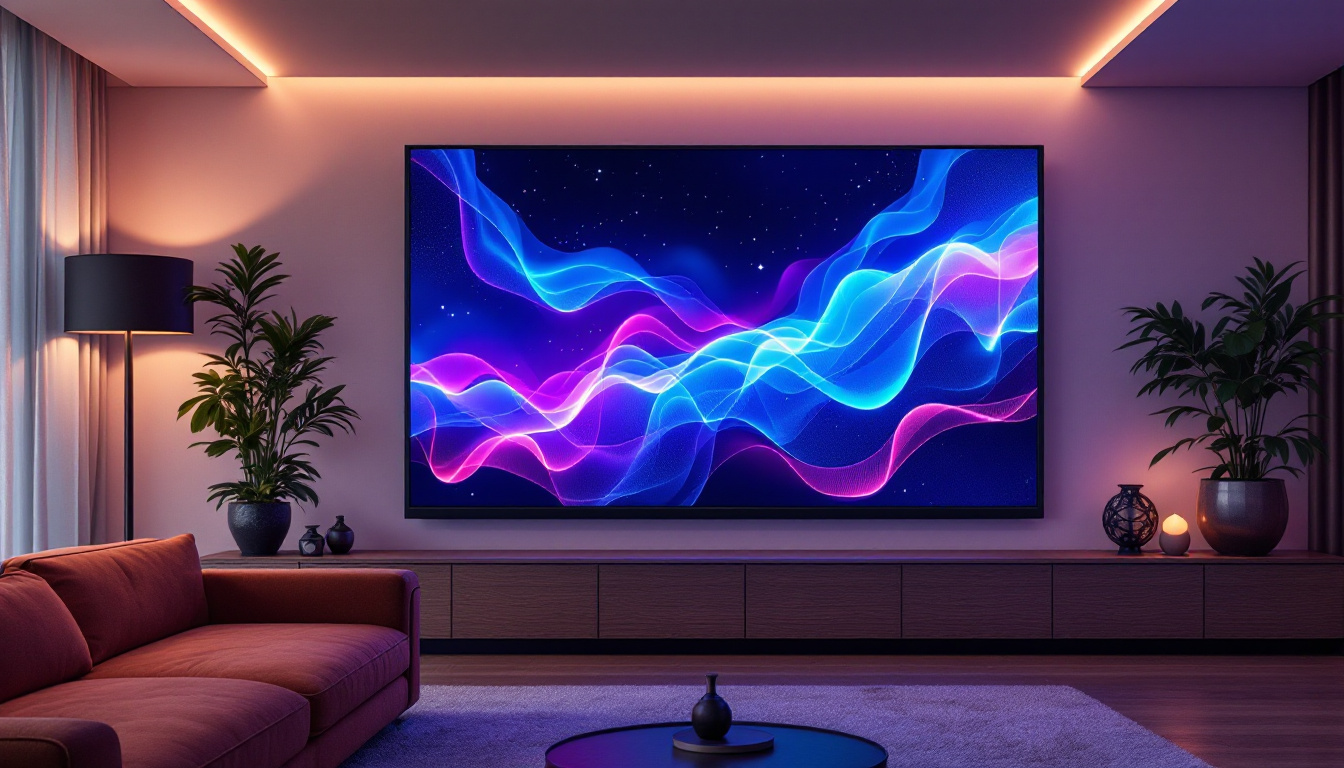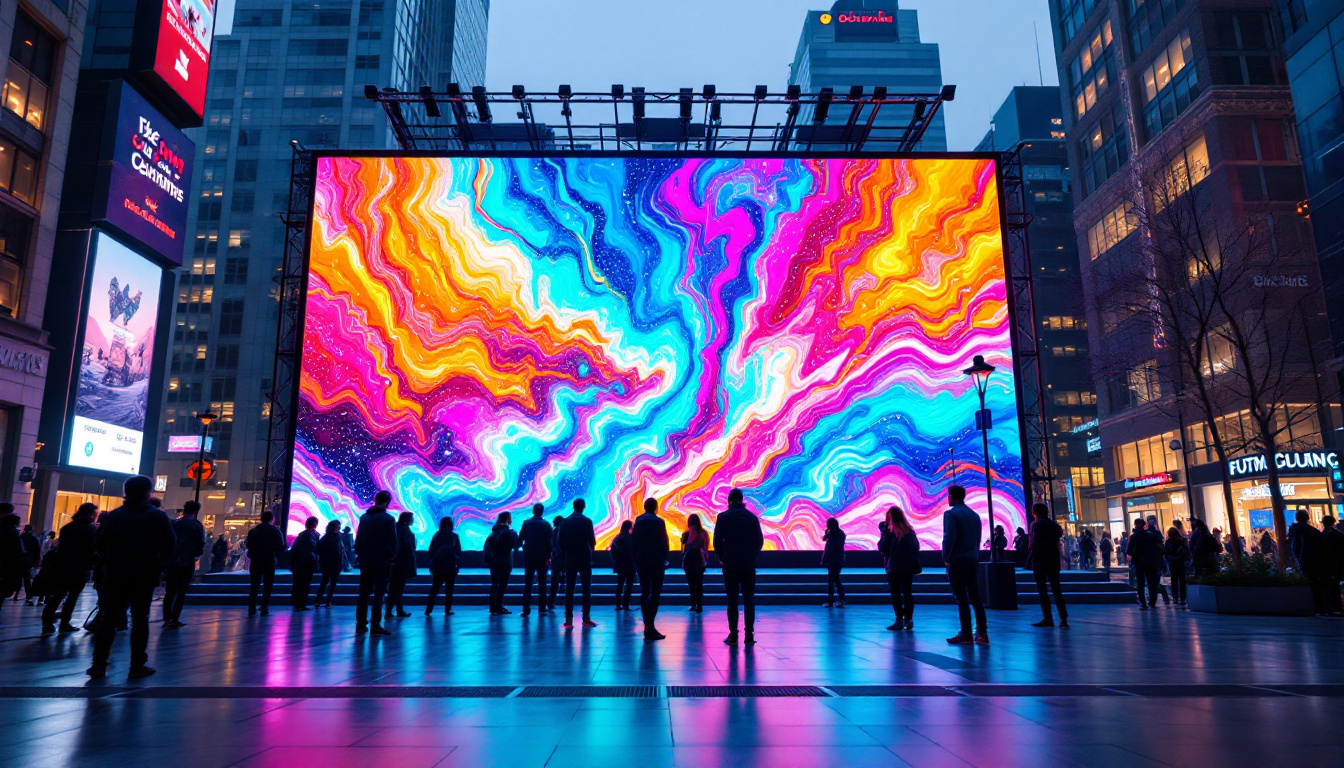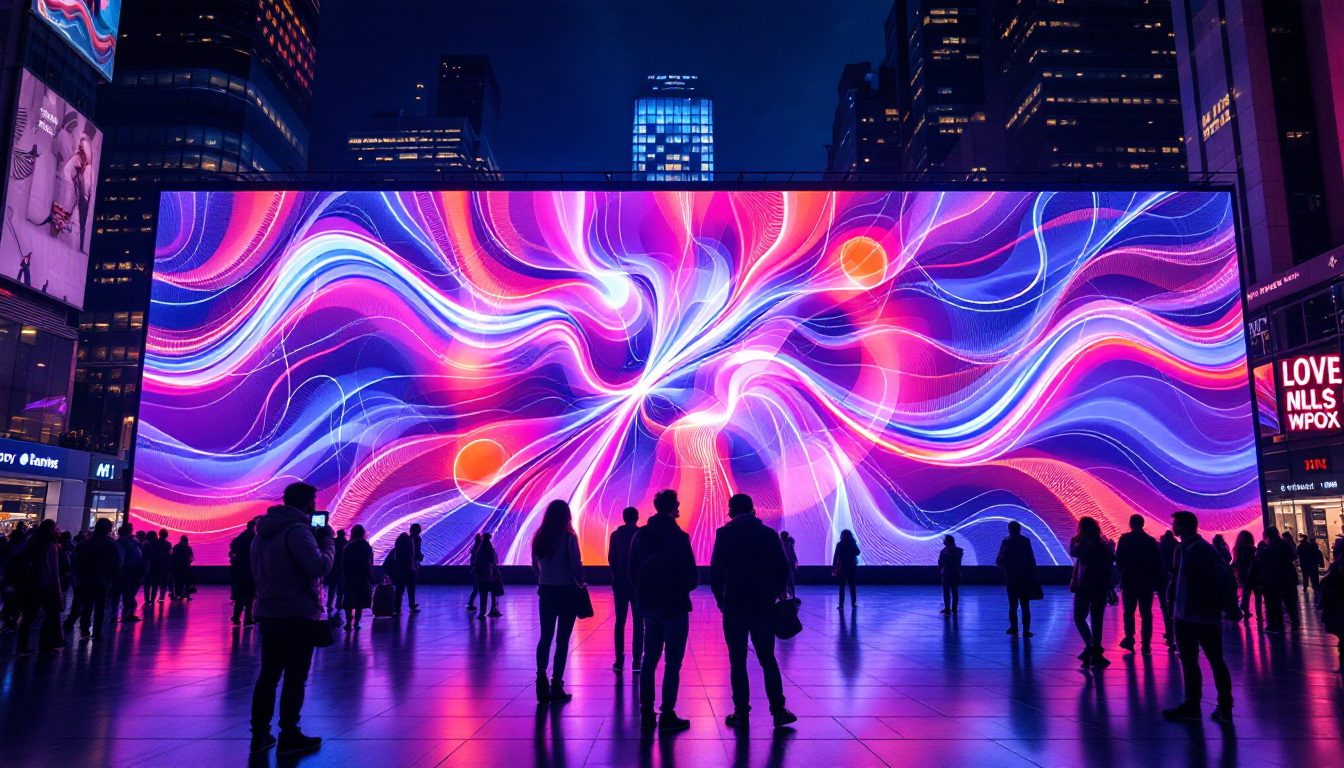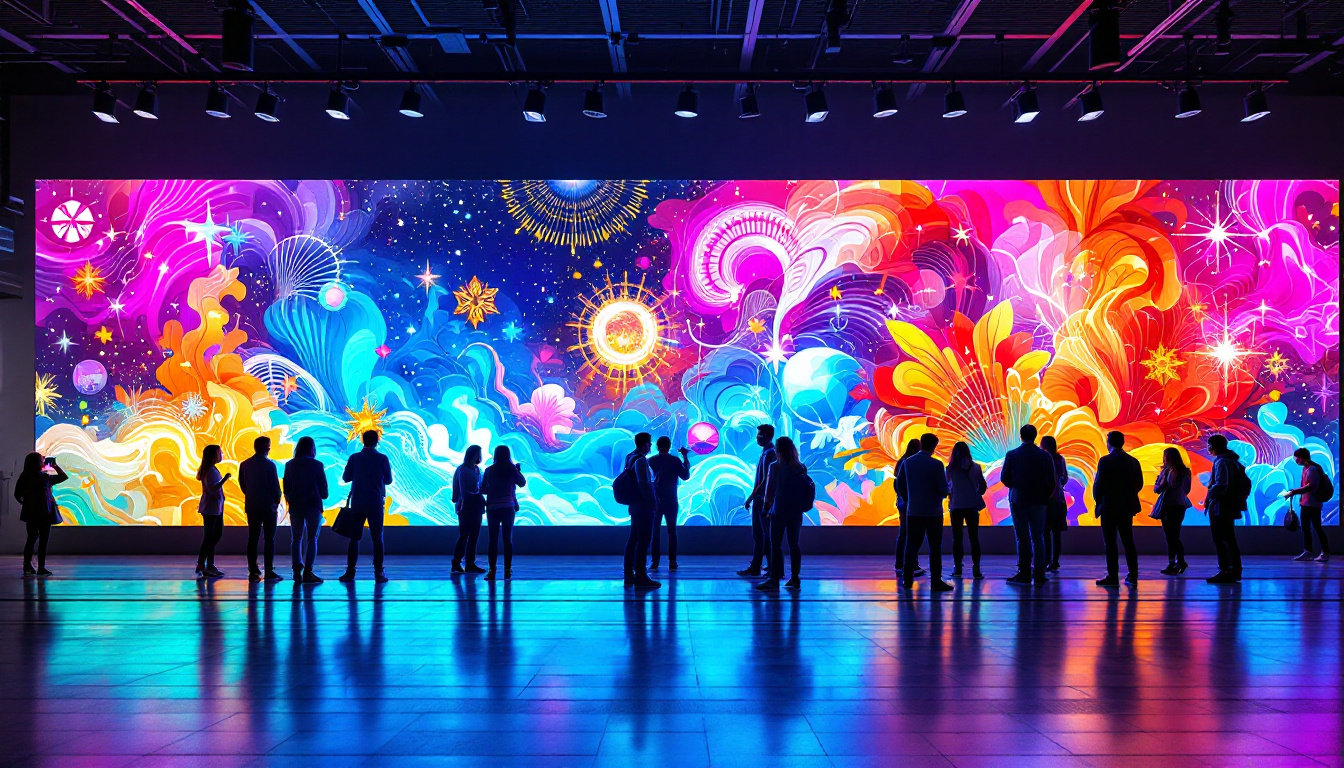In the world of modern technology, LED displays have become ubiquitous, serving various purposes from advertising to personal entertainment. Understanding the intricacies of LED displays, particularly the concept of pixels, is essential for anyone interested in this field. This article delves into what pixels are, how they function within LED displays, and the various types of LED technologies available today.
Understanding Pixels
Pixels, short for “picture elements,” are the smallest units of a digital image or display. They are the building blocks that compose the images we see on screens. Each pixel can emit different colors, and when combined, they create the images and videos we view on LED displays.
The Anatomy of a Pixel
A pixel typically consists of three sub-pixels: red, green, and blue (RGB). By varying the intensity of each sub-pixel, a wide spectrum of colors can be produced. This additive color mixing is fundamental to how digital displays render images. For instance, when all three sub-pixels are illuminated at full intensity, the pixel appears white, while turning them off results in black.
In LED displays, the arrangement of these pixels can vary. For example, in a full-color LED display, each pixel may contain multiple sub-pixels grouped together. This configuration allows for a more vibrant and detailed representation of images, enhancing the viewer’s experience.
Pixel Density and Resolution
Pixel density, often measured in pixels per inch (PPI), is a critical factor in determining the quality of an LED display. Higher pixel density means more pixels are packed into a given area, resulting in sharper images and finer details. Conversely, lower pixel density can lead to a pixelated appearance, especially when viewed up close.
Resolution, which refers to the total number of pixels in each dimension that can be displayed, is another important aspect. Common resolutions include Full HD (1920×1080), 4K (3840×2160), and even 8K (7680×4320). Higher resolutions are particularly beneficial for applications requiring detailed visuals, such as graphic design, gaming, and high-definition video playback.
Types of LED Displays
LED displays come in various types, each suited for different applications and environments. Understanding these types can help in selecting the most appropriate display for specific needs.
Direct View LED Displays
Direct view LED displays consist of individual LEDs arranged in a grid to form an image. This type of display is known for its brightness and is often used in outdoor advertising and large-scale installations. The direct view technology allows for exceptional visibility even in bright sunlight, making it a popular choice for billboards and sports arenas.
One of the key advantages of direct view LED displays is their modularity. They can be assembled in various sizes and shapes, allowing for creative installations that can fit any space. Additionally, they offer excellent color accuracy and contrast, enhancing the overall viewing experience.
LED-Lit LCD Displays
LED-lit LCD displays use LED backlighting to illuminate a liquid crystal display (LCD) panel. This type of display combines the benefits of LCD technology with the advantages of LED lighting, such as improved energy efficiency and better contrast ratios compared to traditional fluorescent backlighting.
While LED-lit LCD displays do not offer the same level of brightness as direct view LED displays, they are widely used in televisions, computer monitors, and indoor signage due to their affordability and versatility. These displays can achieve impressive color reproduction and are suitable for various lighting conditions.
Organic LED (OLED) Displays
Organic LED (OLED) displays represent a significant advancement in display technology. Unlike traditional LEDs, which use inorganic materials, OLEDs utilize organic compounds that emit light when an electric current is applied. This allows for thinner displays with greater flexibility and improved color accuracy.
One of the standout features of OLED displays is their ability to achieve true blacks. Since each pixel can be turned off completely, OLED screens can produce an infinite contrast ratio, making them ideal for viewing in dark environments. This technology is commonly found in high-end televisions and smartphones, providing an immersive visual experience.
Applications of LED Displays
The versatility of LED displays has led to their adoption across various sectors. From advertising to healthcare, the applications are numerous and diverse.
Advertising and Marketing
LED displays have transformed the advertising landscape. Their brightness, color vibrancy, and ability to display dynamic content make them ideal for capturing consumer attention. Digital billboards and storefront displays can showcase videos, animations, and real-time information, allowing businesses to engage with their audience effectively.
Moreover, the modularity of direct view LED displays enables brands to create eye-catching installations that can be tailored to specific campaigns. This adaptability enhances brand visibility and can lead to increased foot traffic and sales.
Entertainment and Media
In the entertainment industry, LED displays are used in concert venues, theaters, and sports arenas. Their ability to produce bright, high-quality visuals makes them perfect for live performances and events. Additionally, LED screens are often used for stage backdrops, providing dynamic visuals that enhance the overall experience for audiences.
In broadcasting, LED displays are employed in news studios and control rooms. Their clarity and color accuracy ensure that viewers receive high-quality visuals, whether for live broadcasts or pre-recorded segments.
Healthcare and Education
LED displays are also making significant strides in healthcare and education. In hospitals, they are used for patient information systems, displaying vital statistics and announcements. The clarity and brightness of LED screens ensure that crucial information is easily visible, improving patient care and communication.
In educational settings, LED displays serve as interactive teaching tools. They can be used for presentations, collaborative projects, and digital signage within schools and universities. The engaging visuals provided by LED technology can enhance learning experiences and foster greater student participation.
Advantages of LED Displays
The growing popularity of LED displays can be attributed to several key advantages that set them apart from traditional display technologies.
Energy Efficiency
One of the most significant benefits of LED displays is their energy efficiency. Compared to traditional incandescent or fluorescent displays, LED technology consumes considerably less power. This not only reduces operational costs but also contributes to a lower carbon footprint, making LED displays an environmentally friendly choice.
Furthermore, advancements in LED technology continue to improve energy efficiency, allowing for even greater savings over time. This is particularly beneficial for large installations, where energy costs can accumulate significantly.
Longevity and Durability
LED displays are known for their longevity. With a lifespan that can exceed 50,000 hours, they require less frequent replacements compared to other display technologies. This durability makes them a cost-effective investment for businesses and organizations.
Additionally, LED displays are resistant to shock and vibration, making them suitable for various environments, including outdoor settings. Their robust construction ensures that they can withstand harsh conditions, further extending their lifespan.
Versatility in Design
The modular nature of LED displays allows for endless design possibilities. They can be customized to fit any shape or size, making them ideal for unique installations. Whether it’s a curved display for a stage or a large-scale billboard, LED technology can adapt to meet specific requirements.
This versatility also extends to content delivery. LED displays can showcase static images, videos, and real-time data, providing a dynamic platform for communication and engagement. This adaptability is particularly advantageous in fast-paced environments where information needs to be updated frequently.
Future Trends in LED Display Technology
The future of LED display technology looks promising, with ongoing advancements that are set to redefine the industry. As technology evolves, several trends are emerging that will shape the next generation of LED displays.
MicroLED Technology
MicroLED technology is gaining traction as a potential game-changer in the display market. Unlike traditional LED displays, which use larger LEDs, microLED displays utilize tiny individual LEDs that can be as small as a few micrometers. This technology offers several advantages, including improved color accuracy, higher brightness, and greater energy efficiency.
MicroLED displays can also achieve higher resolutions without sacrificing performance, making them ideal for applications requiring detailed visuals. As manufacturing processes improve, microLED technology is expected to become more accessible and affordable, leading to widespread adoption across various sectors.
Flexible and Transparent Displays
Another exciting trend is the development of flexible and transparent LED displays. These displays can bend and conform to different surfaces, opening up new possibilities for design and integration. For instance, flexible displays can be used in wearable technology, automotive applications, and innovative advertising solutions.
Transparent displays, on the other hand, allow users to see through the screen while still displaying content. This technology can revolutionize retail environments, enabling immersive shopping experiences where digital content overlays physical products.
Integration with Smart Technologies
As smart technology continues to advance, LED displays are increasingly being integrated with IoT (Internet of Things) systems. This integration allows for real-time data display, remote management, and enhanced interactivity. For example, smart LED displays can automatically adjust brightness based on ambient light conditions or display personalized content based on user preferences.
Such advancements will not only improve the user experience but also streamline operations for businesses, making LED displays an even more valuable tool in various applications.
Conclusion
LED displays have transformed the way information is presented and consumed across multiple sectors. Understanding the role of pixels, the different types of LED technologies, and their diverse applications is essential for anyone looking to leverage this technology effectively. With ongoing advancements and emerging trends, LED displays will continue to evolve, offering even more innovative solutions for communication, entertainment, and beyond.
As the demand for high-quality visual experiences grows, so too will the importance of LED displays in shaping the future of technology and media. Whether for advertising, education, or entertainment, the impact of LED displays is undeniable, making them a critical component of modern life.
Explore Cutting-Edge LED Displays with LumenMatrix
Ready to elevate your visual experience with the latest in LED display technology? Look no further than LumenMatrix, a pioneer in crafting immersive and dynamic LED solutions. From vibrant Indoor and Outdoor LED Wall Displays to innovative LED Posters and Transparent Displays, LumenMatrix offers a wide array of products designed to captivate and engage. Whether you’re looking to enhance your brand’s presence, enrich entertainment venues, or revolutionize educational and healthcare settings, our LED displays are tailored to meet your needs. Check out LumenMatrix LED Display Solutions today and step into the future of visual communication.

